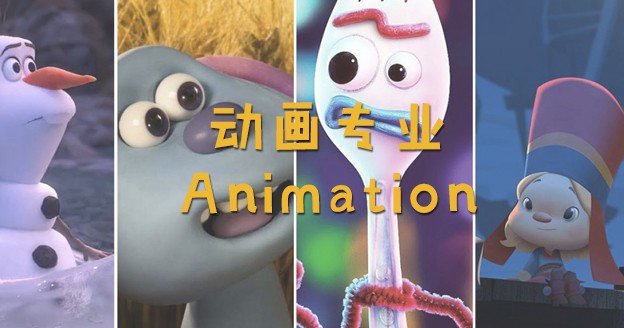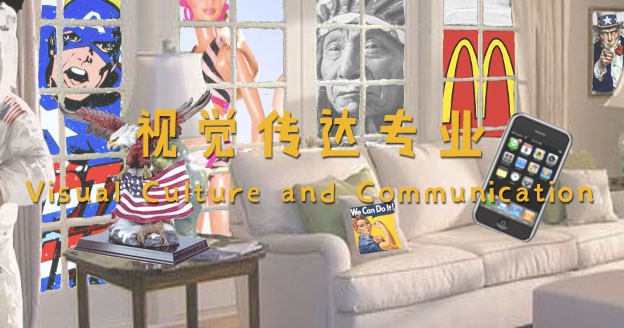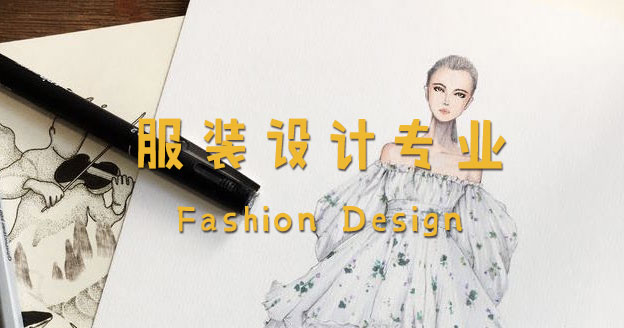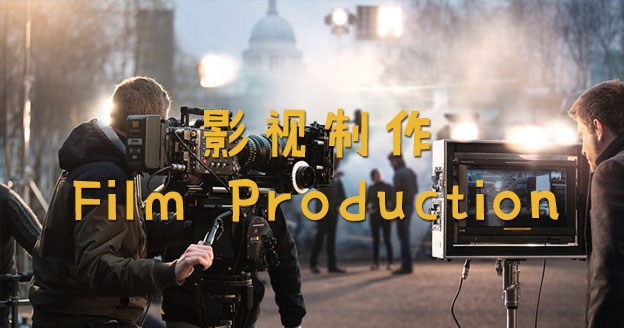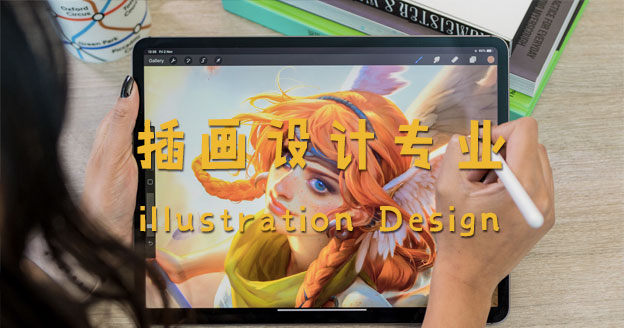[Guide] Art history is the study of artworks in the context of its historical development and style – namely the type, design, format and style. Research emphasizes painting, sculpture, architecture, ceramics, furniture and other decorative objects. Art history is the history of different people and their cultures represented in their artwork. Art historians compare different periods in art history; for example, medieval art and Renaissance art. This cultural history is expressed in different forms in their art works. Art culture can be displayed through fashion, architecture, religion, and sports; or more visual creations, such as paintings, drawings, and sculptures.
(中国大陆地区用户请点击此处观看)
Introduction to the Canadian Art History major
The Art History major will provide a basis for modern and contemporary art around the world, curatorial practice and exhibition studies, as well as art criticism and theoretical discourse. Through an interdisciplinary approach, perspectives are drawn from aesthetics, philosophy, feminism and gender theories, post-colonial theories, identity theories, globalization and new technologies. Students will participate in campus and city curatorial projects, field trips to national and community art galleries, internships and visits to curators, artists and visiting professors are conducted. After graduation, possible career paths include working as curators and directors of museums and art galleries, jobs in art organizations and foundations, archives and libraries; working as editors or writers of art magazines and other publications; or engaging in art history or curatorial research and other postgraduate work.
What knowledge and skills do students learn in the Canadian art history major?
General basic courses involve art history, theory and methodology, 19th-century art, modern art, postmodernism, postmodernism and art, Renaissance art, history of Latin American art, Gothic art, Baroque art, etc., and some stylistic forms of artistic expression such as feminism, and more. However, the type of technical software skills taught varies according to different schools. Some schools do not teach any software and technology, but some will combine the use of computers and creative arts.
Employment prospects for Canadian art history graduates
Career paths of art history majors:
- Advertising Account Executive
- Historical Preservation Coordinator
- Architect
- Archivist
- Art Dealer
- Conservator/Restorer
- Art Critic
- Art education
- Art law
- Art Therapist
- Arts Programmer (TV/Radio)
- Banking
- Community College Instructor
- Graphic Designer/Layout Artist
- Editor
- Event Planner
- Fundraiser
- Art Gallery Director
- Grants Officer for the Arts
- Heritage policy
- Designer: Industrial/Fashion/Interior
- Journalist
- Landscape and architecture
- Law
- Marketing Specialist
- Media and Communication
- Museum Curator
- Museum Technician
- Professor
- Art Teacher
- Tourism and travel
Jobs of Canadian Art History majors
Media and Communications Assistant: Write marketing copy for many popular platforms and putting together publications with images as appropriate. Establish and maintain customer database, monitor social media accounts, and document publicity and communication records. Edit and assist in writing product lists, social media updates and other materials. Organize marketing, communication and event data, calendars and reports.
Modern and Contemporary Art Curator: Need to be able to identify extremely high-quality works, be a collaborative, credible partner who builds and fosters strong, trusted relationships across all levels. Must be able to lead and effectively deliver on curatorial priorities including exhibition development, programming, and collection building. They plan, build, and present permanent collections of modern and contemporary art; create, organize, and execute major exhibitions and interpret works of art; identify and research significant trends, issues, and opportunities in the visual arts; and generate a meaningful understanding of modern and contemporary art through issues and opportunities in relevant ways. They need to establish and foster strong, credible and long-term relationships with artists, donors, board members, employees, volunteers and other stakeholders. By being responsible for guiding, motivating and developing a team of employees, they deliver on goals and projects aligned with the mission, vision and values. Employment benefits include disability and life Insurance, discounts from provincial/city reciprocal agreements.
Museum Curator: Responsible for supervising the operation of the museum and off-site storage. Build rapport with donors and potential donors, and negotiate to obtain specific collections or individual items. Assist in developing programs and special events. Assist in developing a long-term plan for rotating exhibits with the goal of reaching new and diverse audiences. Coordinate with the collections committee to ensure additions follow the museum's collection philosophy.
Salaries for Canadian Art History Graduates
What are the decisive factors in the income of Canadian art history graduates and how much money do they make each year?
- Museum Curator: $24.04 CAD per hour, average annual salary of $50,000, and the highest salary can reach up to $63,000.
- Art Curator: $15.50 per hour, average annual salary of $37,189, and the highest annual can reach up to $47,000.
- Art History Assistant Professor: $22.32 per hour, average annual salary of $64,000, and the highest salary can reach up to $139,000.
List of majors related to art history in Ontario, Canada (1-to-4-year programs)
| Name of Program | School | Type of Credential | Open to International Students | Start Date |
| Art and Art History | Sheridan College | Bachelor Degree | Open | September |
| Arts | Queen’s University | Bachelor Degree | Open | September |
| Art History | York University | Bachelor Degree | Open | September |
| Art History | University of Ottawa | Bachelor Degree | Open | September |
| Visual Arts | Brock University | Bachelor Degree | Open | September |
| Humanities | University of Toronto | Bachelor Degree | Open | September |
| Arts and Humanities | Western University | Bachelor Degree | Open | September |
| Visual & Performing Arts, Arts Management and Media | University of Toronto | Bachelor Degree | Open | September |
| Arts Honours | University of Guelph | Bachelor Degree | Open | September |
| Fine Arts | Algoma University | Bachelor Degree | Open | September |
| Bachelor of Arts | Carleton University | Bachelor Degree | Open | September |
| Humanities | McMaster University | Bachelor Degree | Open | September |
Summary: UtoCanada's views on the art history major
If you are interested in art history, this major is worth a try, because considering that the future career path is not monotonous, the fields of employment are still quite diverse. Of course, your interest is the most important point to consider, because only with interest can you feel the emotional expressions of different artists from the cultural history that some may find boring. Also, this kind of liberal arts major will have higher requirements for English. In their daily studies and communication, it is necessary to have good communication skills and a certain understanding of history. For this discipline, many universities have related majors, and relatively speaking, the only prerequisite is high school English, but some schools, applicants will still need to prepare a portfolio. In summary, this major is suitable for students who are interested in art history.
Reference article:

